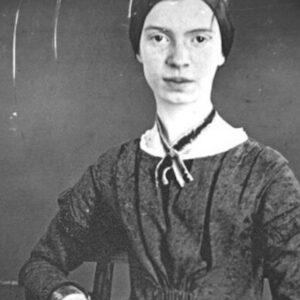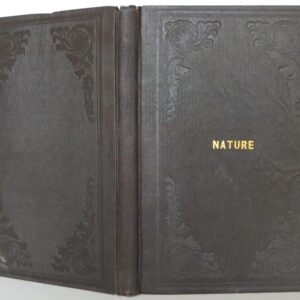
Close Reading Thomas Hardy’s “Hap”
Thomas Hardy’s novels are well-known and widely studied, and some of them, including Far from the Madding Crowd (1874) and The Mayor of Casterbridge (1886), have become even more popular through film and TV-miniseries adaptations. Hardy is so rewarding as a novelist, that we tend to forget he’s an outstanding poet as well. He wrote close to 1000 lyrics.




